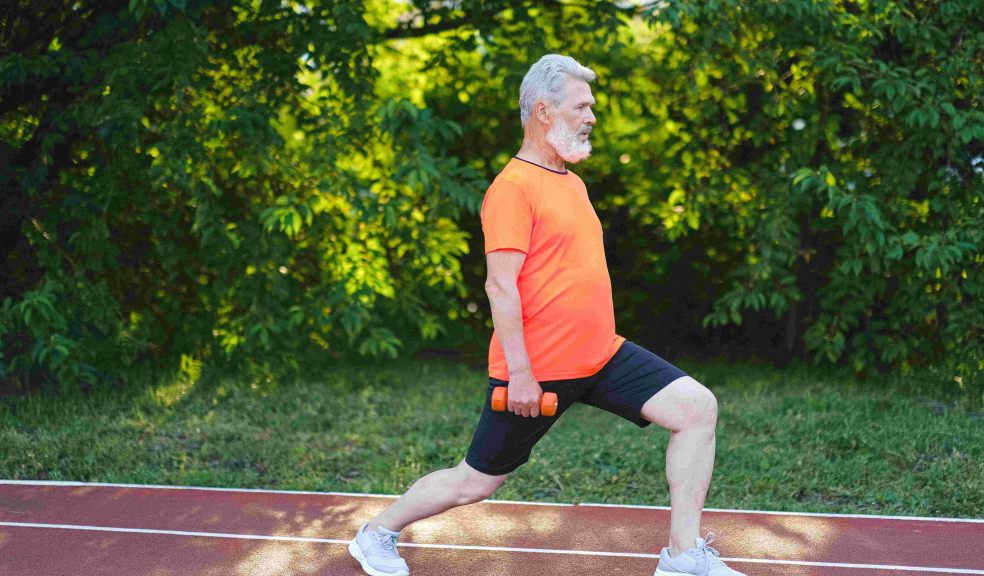
Fighting Age-Related Loss of Muscle Mass
Sarcopenia is the loss of muscle mass that occurs naturally as we age. The adage ‘use it or lose it’ applies. It’s a great idea to lift weights as you get older to counter this decline in muscle mass. Maintaining muscle and strength is associated with a better quality of life due to greater physical resilience and less physical restrictions. For example, someone who stays strong in their forties can still go on skiing holidays with their kids, or play football in the garden, and someone who stays strong into their seventies can still do the gardening and manual jobs around the house.
As we age, the most important thing is that we remain active. Adding some structured exercise, including strength training, is the next best thing. People do not need to lift to their absolute limit to maintain muscle, nor do they need to work with specific rep ranges with recoveries. Some people will enjoy lifting heavy weights, if this is the case, roll with it! Other people will prefer lighter weights in higher rep ranges. Attending Pilates classes or circuit training sessions are also good options. Do what you enjoy.
Some people might also want to lift heavy for performance goals. There’s no reason why, as we age, we can’t still exercise for performance, whether this is simply to push limits in the gym or train for masters’ sport. You might be surprised at how many sports clubs have social teams and even leagues for older sportspeople. At the age of 38, I compete in masters’ athletics. There are lots of opportunities to compete and I’m motivated to train because my physical activity is focused. I appreciate that I’m never going to perform to the level I performed at when I was 20, but I still enjoy challenging myself and competing against others.
If you’re keen to continue pushing your limits as you get older, rather than just maintaining what you already have, I recommend becoming very in tune with your body. Our bodies accumulate wear and tear as we grow which means that you might be more limited with what you can do. There might be days where you can’t lift quite as heavy as you like, or even perform a lift at all. With sensible management, you should be able negotiate these restrictions. I tell my clients to operate dials and not switches. If you have a period where your knees are niggling, don’t flick the switch and stop training altogether, adjust the dial and maybe perform leg exercises at a lower intensity, or perform exercises that don’t cause discomfort until your knees feel better again. You should also place more emphasis on recovery as you age. Make sure you warm up thoroughly, eat well, drink plenty of fluid and get a good night sleep. You could also consider regular sports massages, or lighter training sessions, like swimming, to loosen up your body after harder workouts.
Another consideration is whether you’ve had large period of not performing a sport or being active at all. There is no reason why a 40-year-old can’t return to playing team sports like football, hockey, netball or rugby, however, if you haven’t played sport for a decade, don’t expect your body to respond in the same way it did in your twenties. Ease back into sport gently, over a period of months not weeks, and consider regular, structured training to improve strength, flexibility and balance. This requires self-discipline because it can be very easy to get carried away and attempt an overhead kick from 30 yards in your first football match for 10 years, a feat of athleticism that you may have been able to perform when you were 21. From experience, we males are more likely to overestimate our physical capabilities!
Tom is a personal trainer in Exeter. He's also a performance sprints coach who trains athletes and sportspeople.













